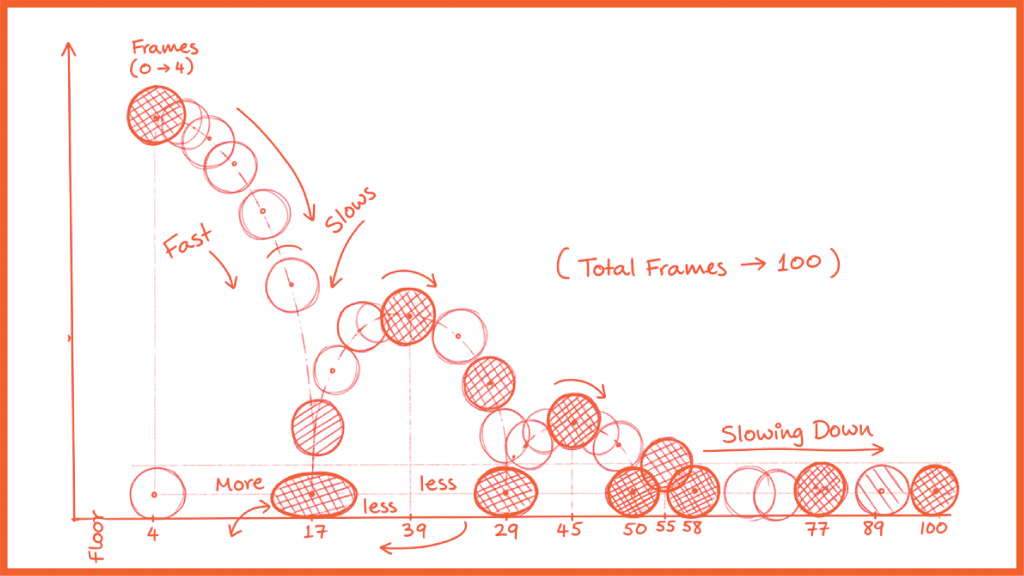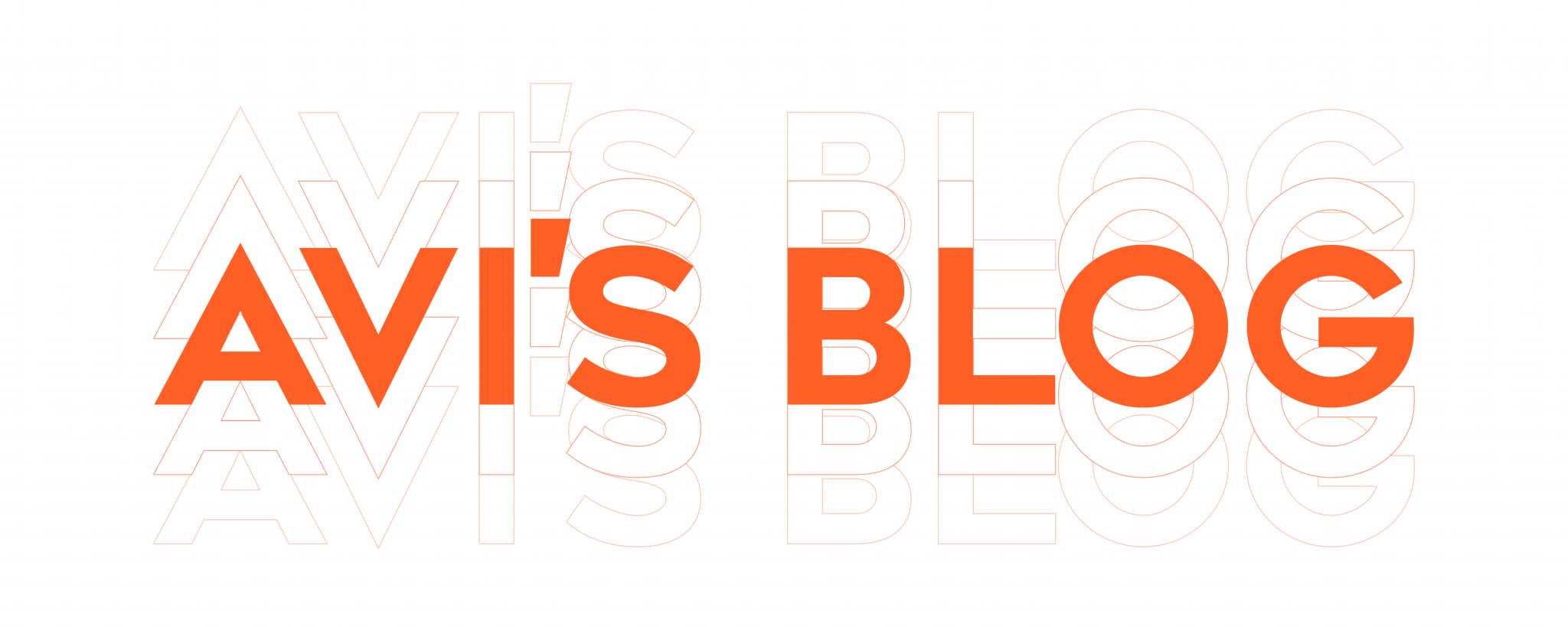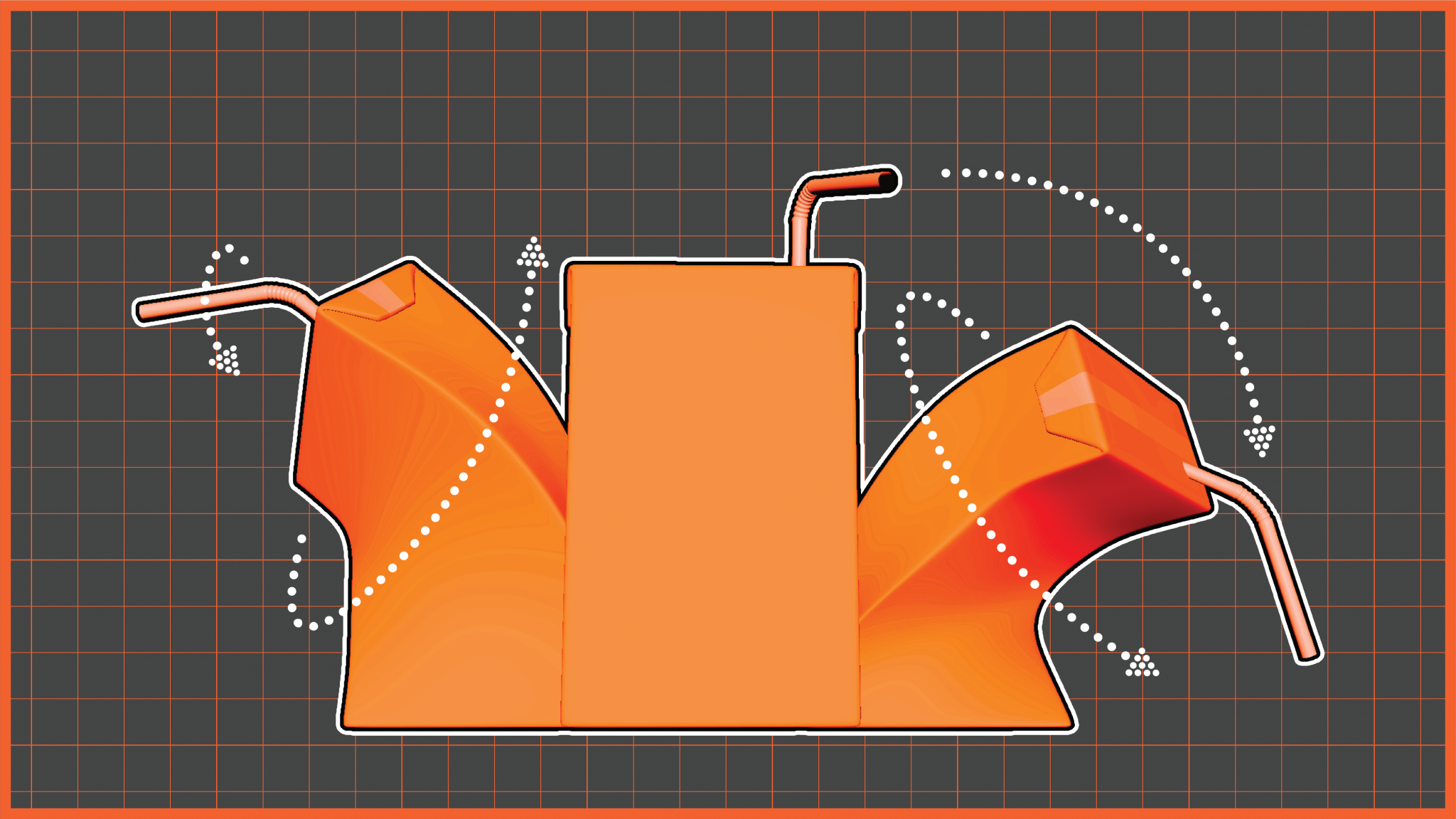In WEEK 03 of Computer Animation Fundamentals, Professor Ting Liu introduced me to the topic of Acting in Animation. She started the session by showing me some examples of how acting works in animation, even when the characters are not living beings.
a) “Almost On” by Jeremy Schaefer, where a simple bouncing ball and a lamp showed emotions and expressions just through their movement and timing.
b) “Jordy Bertran Company” Puppet Show, where puppets reacted to a musician’s performance, making the objects look alive through movement.
c) “The Muppets Make Puppet“, which again showed how non-living objects can express emotions through postures and gestures.
While explaining this, Professor Ting shared a quote from the famous Mexican filmmaker Guillermo del Toro:
“Acting is a medium, not a genre.”
This line helped me understand that acting is not just limited to live actors, it can be expressed through any object or character that shows believable emotions.
After that, Professor Ting showed scenes from Disney’s The Jungle Book and Finding Nemo to explain how animals and even fishes are able to act and express emotions through exaggeration, expressions, and body postures. I realised that even without dialogues, their actions and movements could tell the story and make the audience feel the emotion.
Next, she discussed how acting becomes believable by mentioning a quote by Stella Adler:
“Acting is reacting.”
This helped me understand that acting in animation is about how a character responds to what’s happening around them. Professor Ting explained about Objective in animation. Every animated character has an objective or goal, and their movements and expressions are driven by their desire to achieve it. The struggles, emotions, and reactions along the way make the animation more natural and believable. Then she showed me a few 2D sketches of a character carrying a box. In the first drawing, the character was smiling and calm while holding the box. In the second, his expression looked mischievous, as if he was stealing it. In the third, he looked confused, not knowing what to do with the box. Through these sketches, she explained that even though the object is the same, the emotion and story completely change based on the character’s intent and body language. This made me realise how important thoughts and goals are in acting.
After that, she talked about Personality in animation. She explained that every movement should reflect the character’s personality. For example, a strong and confident character will have a bold posture and firm movements, while a shy or weak character will move more cautiously or nervously. I understood that personality defines how a character behaves, walks, and reacts in every situation.
Then she explained about Thought Process. Even when a character is acting or reacting, I need to think about what is going on in their mind, what motivates them, what they are thinking between poses, and how their internal emotions shift from moment to moment. Every change in eye movement, posture, or pause adds depth to the character’s story.
She also showed a visual diagram of a mountain, where the small part above the water was labelled “Pose” and the large part under the water represented the character’s inner world, including background, habits, relationships, situations, and emotions. She explained that the visible part of animation is what the audience sees, but the unseen foundation below it which is the character’s story and motivation, is what makes the acting believable.
At the end of the class, I received my Week 03 assignment, which was a continuation of the Juice Box Falling task from last week. This time, I had to animate the juice box coming to life and showing emotion or acting like a living character. I was free to choose my own story and decide how the juice box would behave. This task was about focusing on the story, the timing of emotions, and the believability of the acting. I worked on designing the scene, building the expressions, and adjusting the timing so the animation could feel alive.
Step 1: Time Chart and Planning Sketch
Based on the feedback I received, I went back to my sketch plan and did some replanning. I carefully adjusted the timing for each bounce so that the gaps between them got shorter, just like how a real ball behaves when it loses energy after every bounce. I also paid more attention to how the ball slows down before coming to a stop. This replanning helped me to better understand the importance of timing and spacing in animation.

Step 2: Composing the Final Animation
After finishing the new sketch, I worked on the recomposed animation in Maya. I applied the updated timing and reduced the rotation and rolling speed at the end, as suggested. I also checked the motion in the graph editor to make the curves smoother and more natural.
Step 3: Receiving the Feedback
After I submitted my animation, Professor Ting mentioned that she really liked my animation and appreciated how I had brought the juice box to life. Although she didn’t give me specific feedback individually, she shared a general feedback for everyone.
“You should now focus on refining and polishing your animations, add more drama, exaggeration, and anticipation. Work on smoothing the motion and improving the cinematic quality.”
I understood that I need to polish my work further by enhancing timing and visual appeal, making every action look more natural and expressive.


